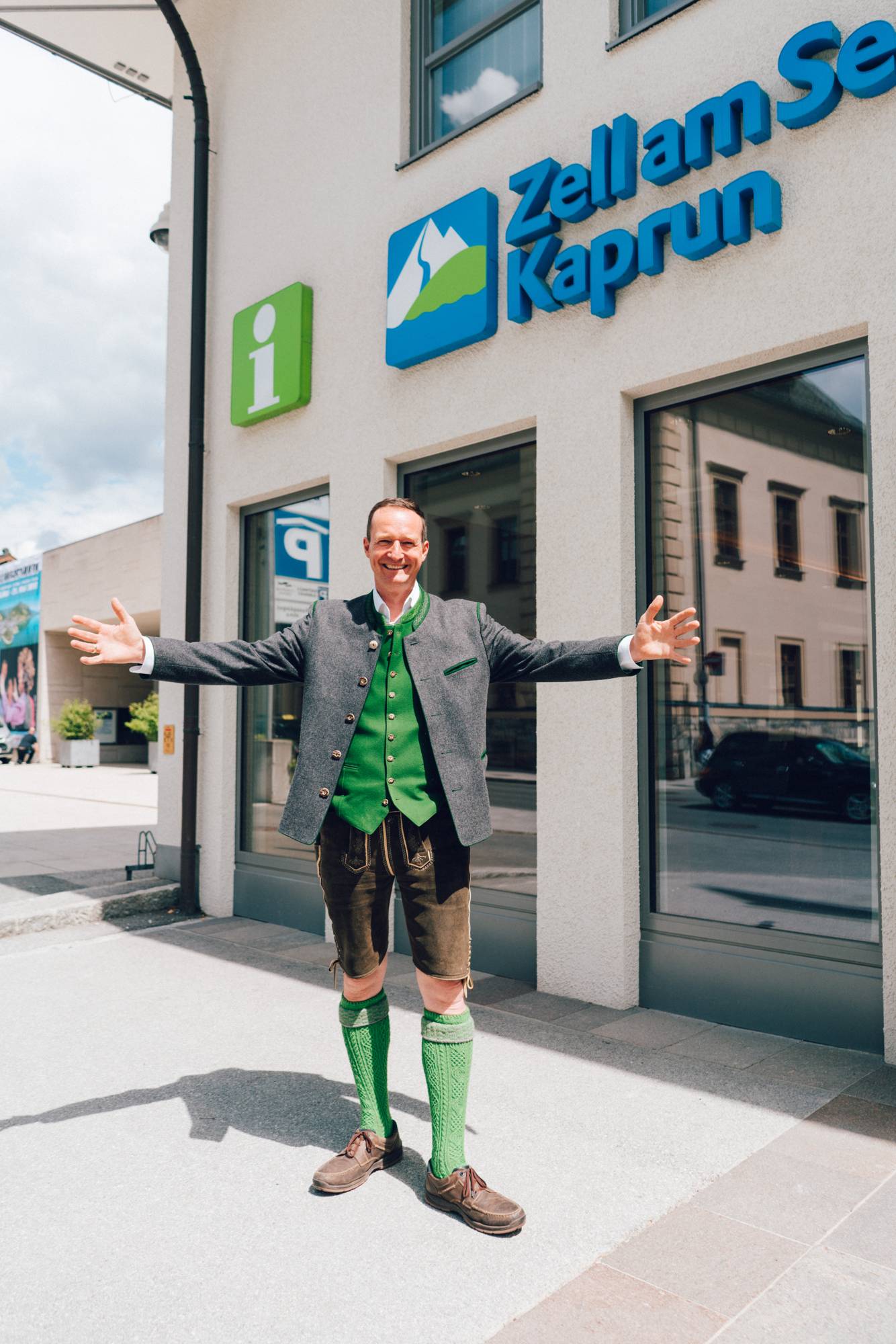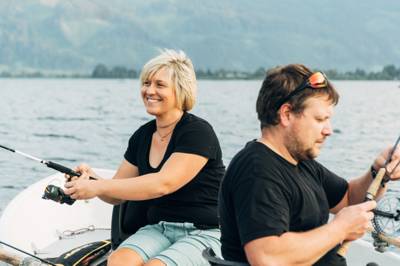Tourism in Zell am See-Kaprun
Georg Segl about tourism in Zell am See-Kaprun
Tourism in Zell am See
Not that Zell am See has not always been a beautiful place. However, only in the 19th century, people discovered mountains as a place of yearning. Before, they were regarded as obstacles and more than often also as a danger. Also the people from Zell am See can tell you a thing or two about it, because the place has been devastated by numerous severe storms. With the rise of the alpinism, however, especially encouraged by Englishmen, the opinion of the mountains changed and they were perceived as beautiful, majestic and already then as a particularly pristine form of nature.

A 'picturesque' place
Painters that came to Zell am See in the 19th century, immortalized not only the unique mountain view from different 'painter angles' at the lake. Also the market place with its fountain and the impressive church was a popular subject.

The artists and pioneers of the alpinism that aimed for the summits of the Hohe Tauern stayed at very modest places. Small inn chambers or with farmer families, equipped only with the bare minimum and far from what we, nowadays, consider as comfort. At the time, hardly anybody had a sense for tourism and the region was not yet known for it. In a first travel guide published by Baedeker, travelers were even dissuaded from visiting Zell am See as the swampy fields between Schüttdorf and Kaprun were described as very inhospitable.
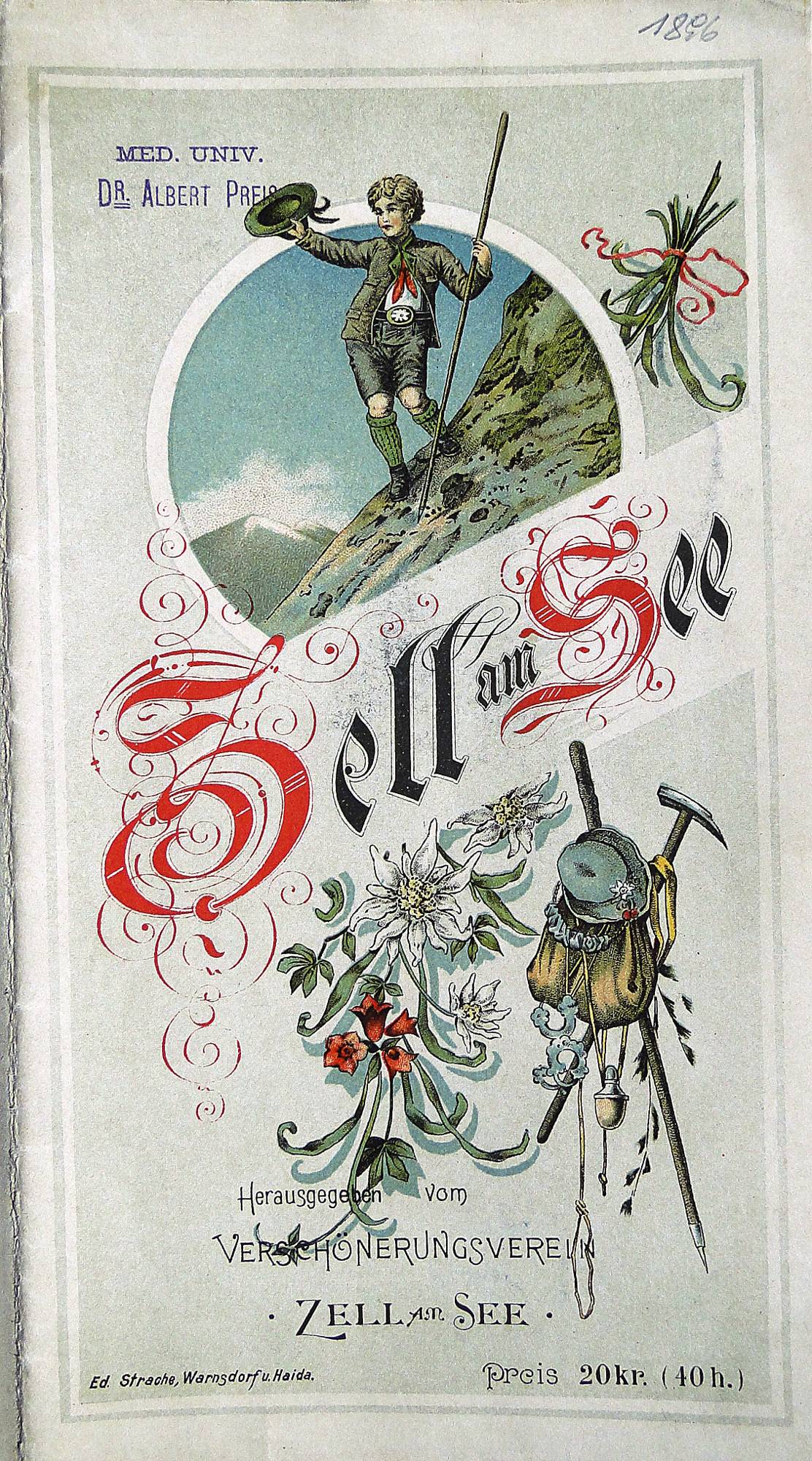
A Prussian pioneer of tourism
The most important pioneer of the local tourism was Rudolf Ehrenfried Riemann – a true „friend of the mountains“ (as they say in German) from Prussia. At his suggestion, the section Pinzgau of the Alpine Association was founded and he also served as their chairman. Under his direction, the association continuously developed hiking trails through the mountains of the region. Riemann gave passionate speeches to the locals and motivated them to create guest beds in order to accommodate the many travelers that should soon be coming to the Pinzgau. Many met his speeches with suspicion, most likely because of his origins.
Full steam ahead
In 1875, there was no going back: now there was a train passing Zell am See that connected Salzburg with Tyrol. The 'Giselabahn' brought many guests to Zell am See and a true construction boom erupted. In only a short period of time, among others, the Hotel Elisabeth was constructed, the Grand Hotel at the Lake, the hotel Seehof, the Pinzgauer Hof and the lake hotel Bellevue in Thumersbach. Besides, some private houses prepared the guest rooms demanded by Riemann and many boarding houses and villas were constructed. You can truly say that with the construction of the railway line a 'period of construction' had started.
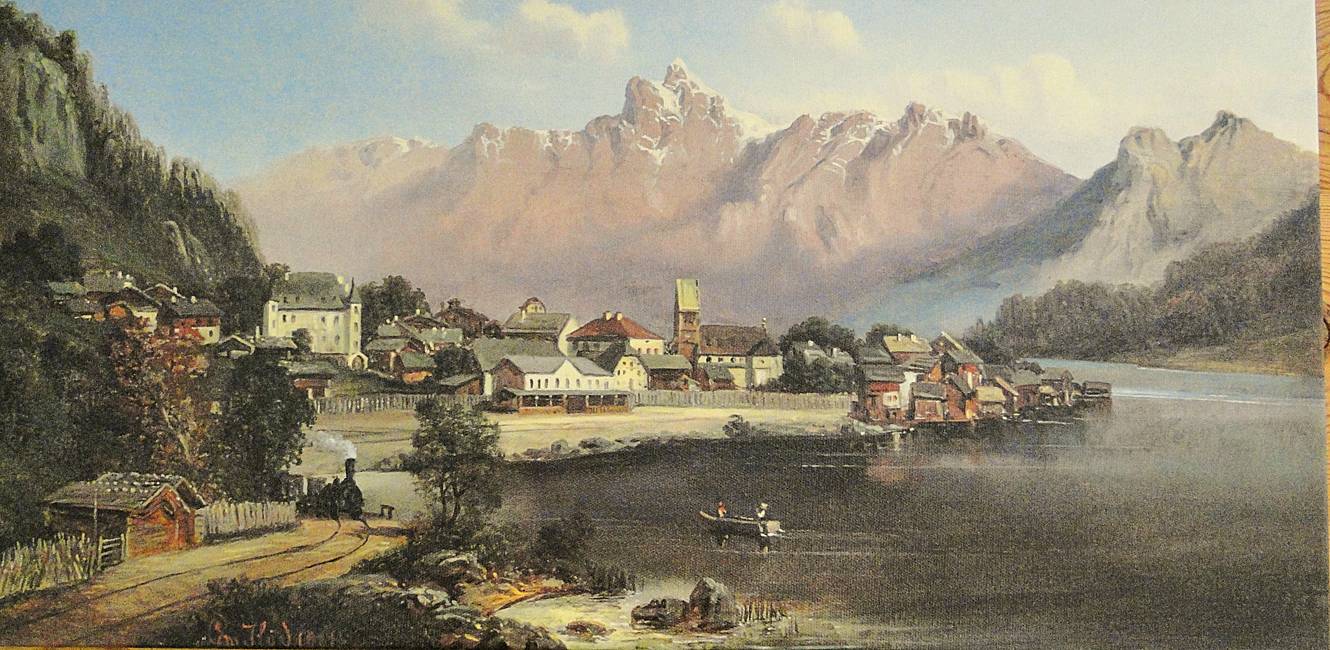
Summer retreat for wealthy guests
The guests at the time were summer vacationists. Most of them came from wealthy families in Vienna that fled from the heat (and in particular from the bad air) in the city. In Zell am See, a decent touristic offer awaited them. There was a shipping company that offered panoramic tours, the lake resorts invited for a swim and guided tours to the Krimml Waterfalls and alpine pastures in Kaprun (today's artificial lakes) were conducted. The Schmittenhöhe could be conquered by foot or the guests were brought up in trolleys pulled by mules. The advantage: on the way down, the gaze could be kept onto the beautiful landscape and soon the Schmittenhöhe was known in the entire empire. Last but not least, the visit of emperor Franz Joseph I and Elisabeth contributed to this fame.
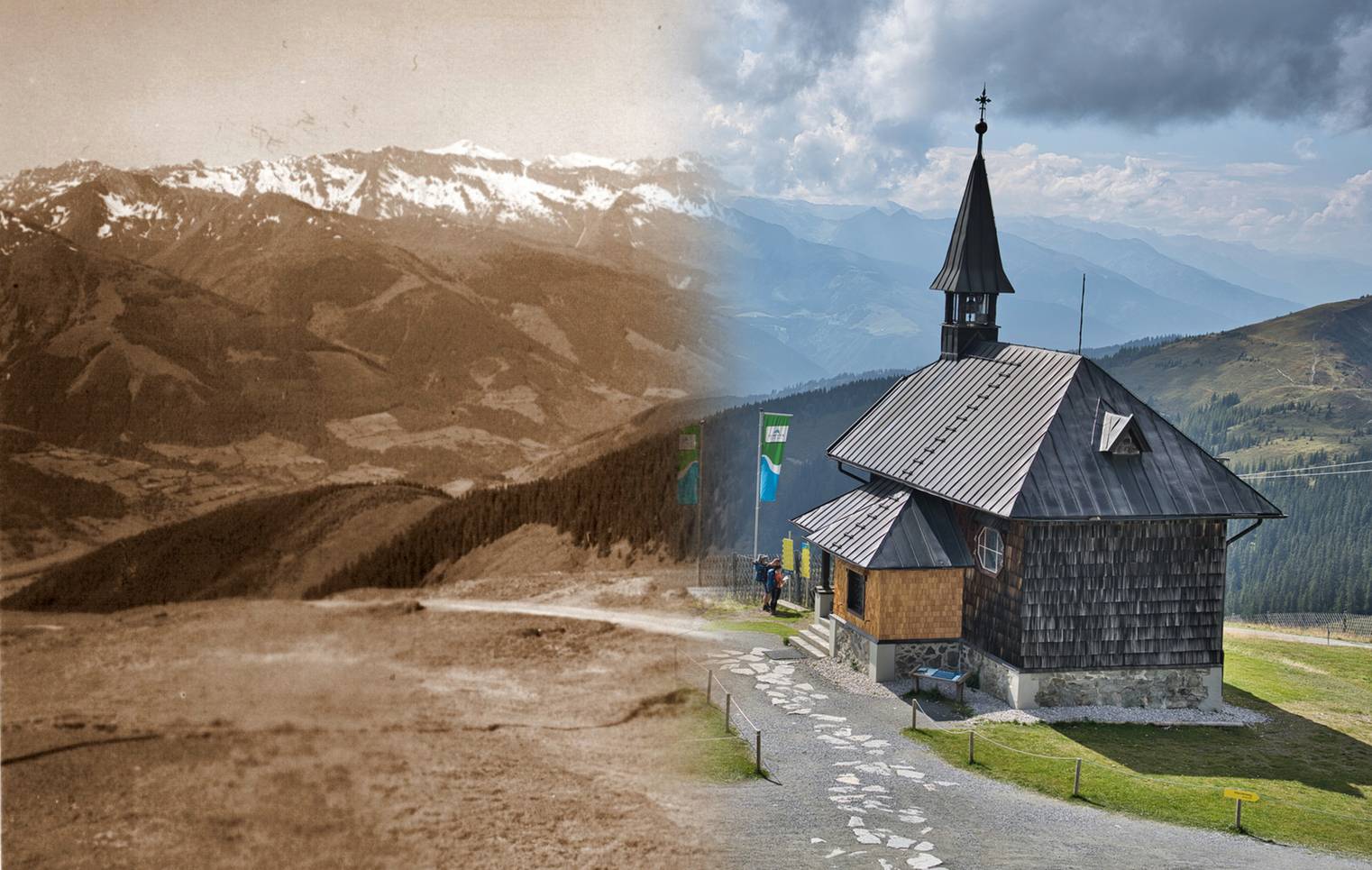
The first cable car in Salzburg
About nine years after the end of the monarchy, in 1927, the construction of the Schmittenhöhebahn set new standards in terms of tourism. In only a few months this mammoth project could be realized. The ground breaking ceremony took place in May and already on December 31st, the first cable car in Salzburg went up to the Schmittenhöhe summit. The construction of the cable car took place during the economic crisis and the first years were anything but easy. Hitler's 'Thousand Mark Ban' from 1933 also led to the fact that only after a few years the cable car was in deep financial trouble.

Tourism thrives
After World War II, however, tourism was soaring. The 'economic miracle' brought individual mobility and leisure time that people enjoyed spending in the mountains. In addition, the winter tourism became a mass phenomenon during the 1960s and many new lifts and cable cars were constructed on the Schmittenhöhe. Zell am See became a 'Place with two seasons', and made it onto the list of top tourist destinations in the Alps.
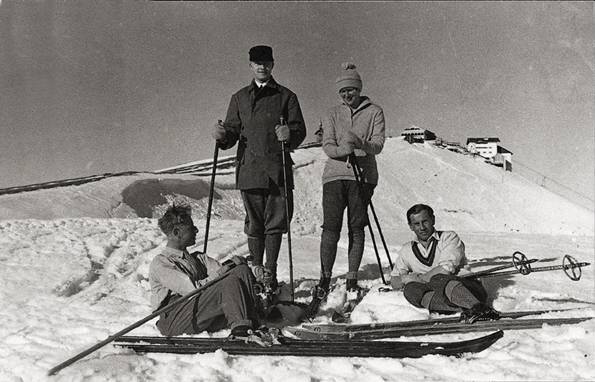
Zell am See and Kaprun
Since 1968, Zell am See has a close cooperation with the neighboring town Kaprun that developed the glacier Kitzsteinhorn for alpine skiing. Under the title 'Europe sports region' 'lake and snow around the year' was promoted ‒ because here you could find a unique offer for leisure activities at a very confined space. This all-round experience was expanded by a golf course in the 1980s that is still regarded as one of the most beautiful in the Alps and with its 36-hole course it is a regular venue for international tournaments.
Tradition and family-like connection
Today, the region Zell am See-Kaprun is one of the few all-year round destinations that look back on such a long tradition and rich history. The guests see this, in particular, in the many accommodation houses that are still family-run, sometimes even in fourth or fifth generation! Also the commitment to the preservation and protection of the environment and the respectful interaction with the historic building structures are values of the region. After all, also the people who live and work here, know that this is a very special place in the world.

Work-life balance at its finest
One of them is Georg Segl, chairman of the Tourism Association Zell am See. He comes from a family of hoteliers and runs a renowned house in Schüttdorf in fourth generation together with his wife Christine. Segl appreciates the advantages of the region also in his private life. In his spare free time, the chairman indulges a mountain bike tour with a jump into the lake at the end.
In winter, he seizes the early morning hours for a quick ride on the 'Standard', the former World Cup slope that leads to the valley station of the Schmittenhöhebahn.
Georg Segl enjoys the variety that the region offers in every season and is available to guests but also to the people who live and work here. Of course, he is happy about the success of the region Zell am See-Kaprun. After all, the region counts about 2.7 million overnight stays per year!
